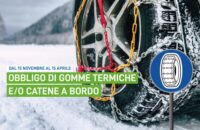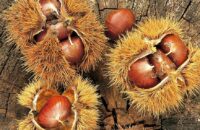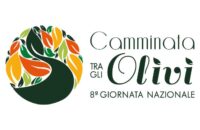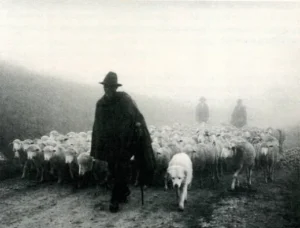 In October in Abruzzo it is time to migrate. Transhumance is an ancient tradition that over the centuries has marked the history andappearance of the people and lands of Abruzzo.
In October in Abruzzo it is time to migrate. Transhumance is an ancient tradition that over the centuries has marked the history andappearance of the people and lands of Abruzzo.
September is the month of transhumance in which shepherds set out again to move their flocks southward, to seek unfrozen pastures and milder climates in winter, traveling the natural routes of the sheep-tracks. In May, the shift is back north, to return home, in search of mountain grasses that have just sprung up after the snow has melted, on pastures kept verdant by the climate of theAbruzzo mountains.
After the Via Francigena and the Camino de Santiago, the tratturi route, the longgrass roads, ahighway of grass that descends from the mountains of Abruzzo, crosses valleys, villages and small towns, until it reaches the plains of Foggia, in the Tavoliere of Puglia. It is called the
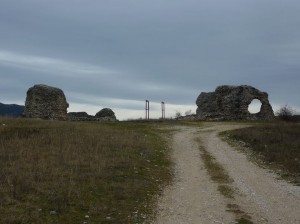
In the silence of the long hours spent guarding the herd, the shepherd used the time carving wood or writing his thoughts by engraving them on the rocks he encountered along the sheep-tracks. Particularly on the Majella we find carvings almost everywhere, in circumscribed areas that have become true shrines today, bearing witness to the pastoral life of transhumant people.
Because of this condition of their life, the invocation of divine protection gave them the necessary strength to face the risks of the journey and the sacrifices of the trade. In fact, along the sheep-tracks, during the centuries,
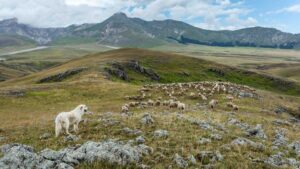 Transhumance marked the lives of shepherds, but also those of their wives, who were left alone during the time when there was so much to do in the countryside, with fields to reap, potatoes to harvest and legumes to thrash. Strong women, courageous mothers of the Abruzzo mountains, accustomed to physical labor who prepared the necessities for their shepherd husbands’ long journeys and looked after the family “alone” throughout the transhumance period.
Transhumance marked the lives of shepherds, but also those of their wives, who were left alone during the time when there was so much to do in the countryside, with fields to reap, potatoes to harvest and legumes to thrash. Strong women, courageous mothers of the Abruzzo mountains, accustomed to physical labor who prepared the necessities for their shepherd husbands’ long journeys and looked after the family “alone” throughout the transhumance period.
There are few shepherds left in Abruzzo, and even of those ancient grassy ways little remains. Apparently, the last movement of shepherds on foot with their flocks occurred in 1972. This ancient trade, sacrificed and full of renunciation, is not reflected in today’s new generations.
However, the story of the transhumant shepherd remains alive in the daily life of the people of Abruzzo, not through travel on foot on the characteristic sheep-tracks, but through real transhumance with large trucks carrying sheep and cattle on paved roads from the plains of Puglia to the mountains of Abruzzo. In May, hundreds of cattle arrive crammed into these large trucks that go out to fill the Abruzzi mountains with the colors, the sounds of cowbells, barking Abruzzi Maremma dogs and the voices of the shepherds who still endure today.
Even today, tourists captured by this ancient pastoral picture, which takes them light years away from the city, traffic and noise, stop in amazement at the side of the road to watch the flocks, waiting for the placid animals, heedless of cars and motorcycles, to get out of the way.
To this day, history becomes present thanks to a new sensitivity to the past that is involving more and more people, associations and institutions, so that these ancient testimonies do not fall into oblivion along with the historical and cultural heritage they preserve and carry with them over the years.
A Heritage to Rediscover
Today, transhumance is celebrated with events, re-enactments and tourist trails. In Abruzzo, several associations and municipalities promote the rediscovery of the sheep-tracks through:
- Slow walks and cultural treks
- Transhumance Festival
- Tourism and environmental enhancement projects
These initiatives not only keep historical memory alive but also offer new opportunities for sustainable and conscious tourism. 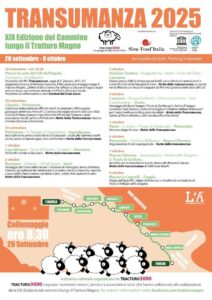
Here are some events and festivals related to transhumance in Abruzzo that take place in fall 2025, between September and October:
- Transhumance Walk along the Tratturo Magno: an annual event that re-enacts the ancient pastoral practice, takes place Sept. 29 to Oct. 8 along theTratturo Magno, a green route of about 244 km that connects L’Aquila to Foggia, crossing the regions of Abruzzo, Molise and Puglia. Participation is free and open to all, even for individual stages. The aim of the event is to enhance the Tratturo Magno as a common good and ecological corridor, but also to involve local communities and shepherds in inland areas to promote rural and pastoral culture and slow tourism.
- Transhumance Festival in Liscia (CH): a journey through history, nature and flavors. On October 5, the village will be transformed into a living stage to celebrate one of the oldest and most fascinating rituals of pastoral culture, where there will be food stands with typical dishes (arrosticini, ricotta, soups), folk shows and markets, as well as demonstrations of ancient pastoral crafts amid traditional costumes and folk music. It can be reached via the A25 by exiting at the Val di Sangro toll booth, then continuing on the SS652 and SP183 towards Liscia.
- On Oct. 4 and 5 in Pescasseroli you can participate in the event Along the ancient roads of tradition: an immersive weekend of culture, nature and memory in the heart of the Abruzzo, Lazio and Molise National Park. There will be screenings and documentaries on pastoral life, food and wine and craft booths, Trekking along the tratturo from Barrea to Alfedena, but also a walk between nature and spirituality “in the steps of the shepherds.”
- Cyclovie della Transumanza along the Tratturo Magno: a unique journey through nature, culture and tradition. The Cyclovie della Transumanza takes you along the ancient sheep-tracks traveled by Abruzzo shepherds, among breathtaking landscapes, authentic villages and millennia-old testimonies such as stone tholos. A slow and sustainable experience, where every ride tells the deep connection between man and territory. Perfect for those who love adventure, history and responsible tourism.
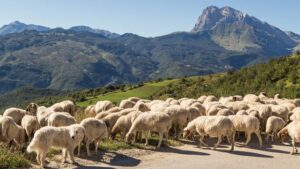
Why talk about it today?
In an era of climate change and rediscovery of roots, transhumance represents a model of harmonious coexistence with nature, slow mobility and circular economy. It is an invitation to walk, observe, listen and experience the land with respect and depth.




